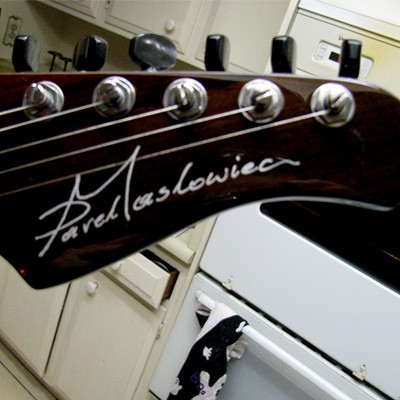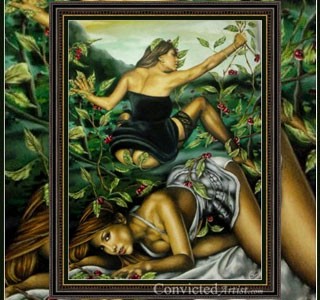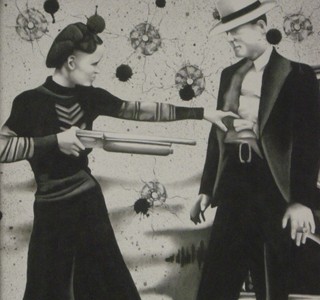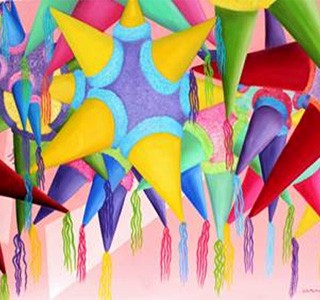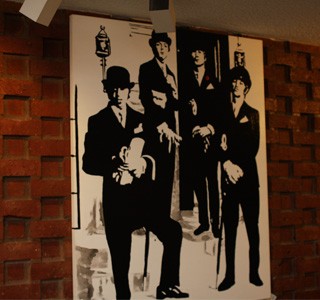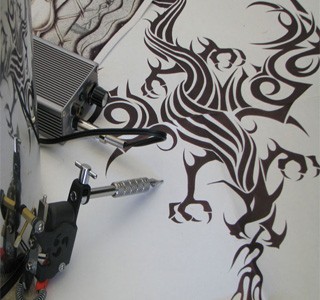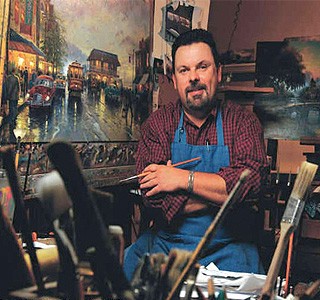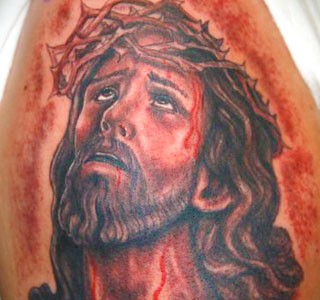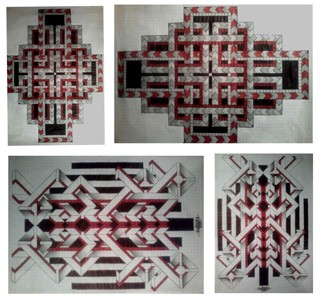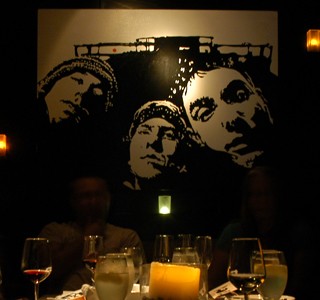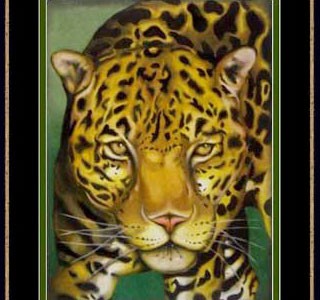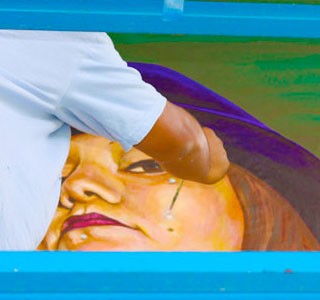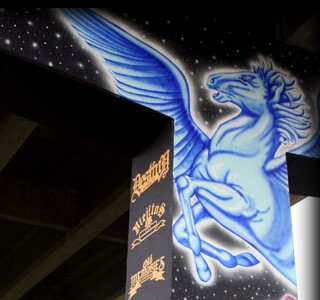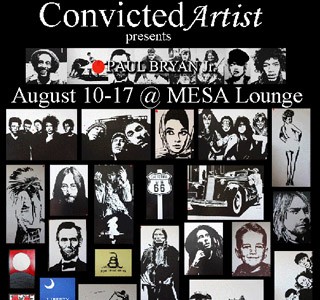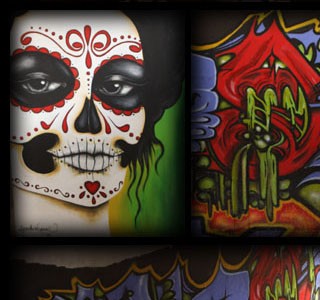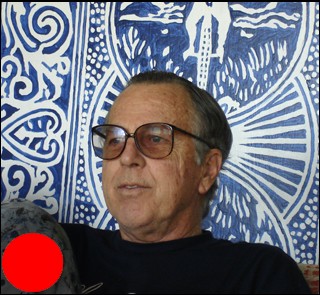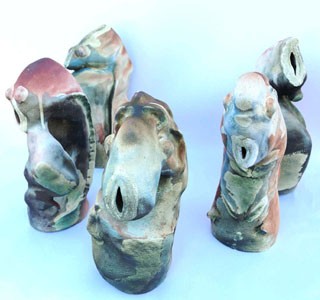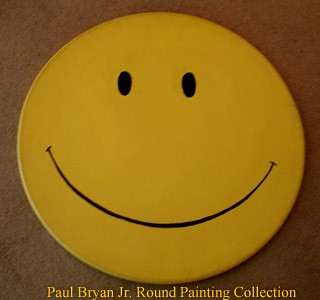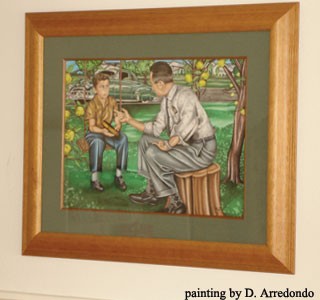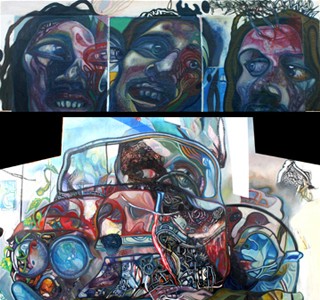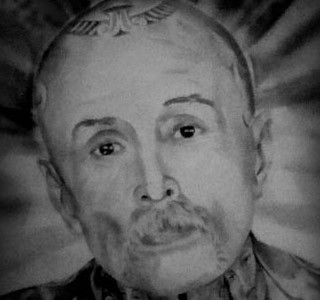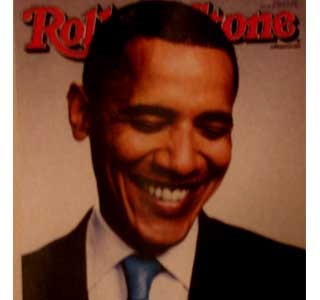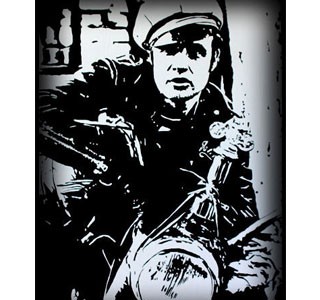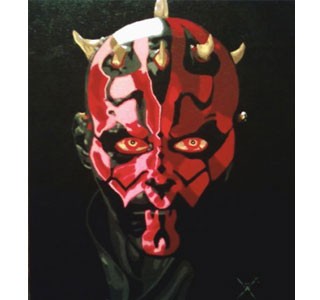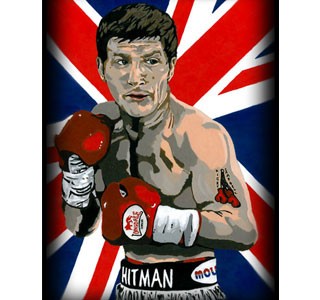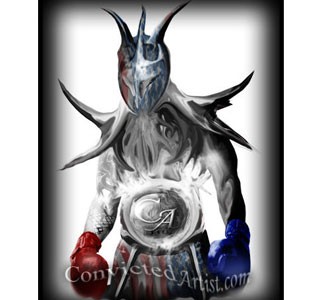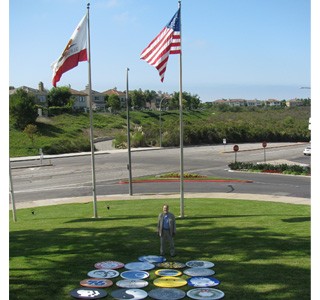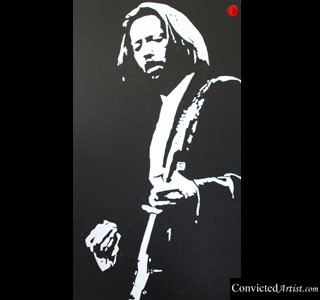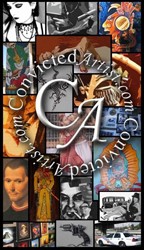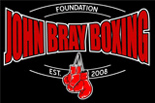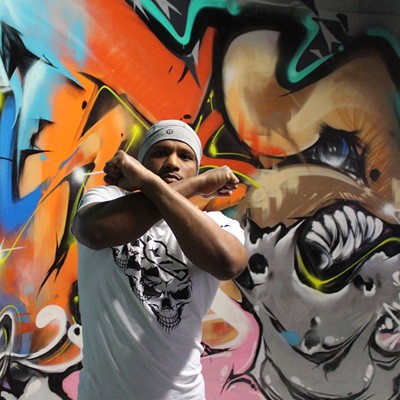
Dating back well over 30,000 years, the evolution of graffiti from prehistoric cave paintings and pictographs has been monumental. Strategically fashioned in ceremonial and consecrated areas, the ancient images often displayed scenes of animal wildlife and intrepid expeditions involving hunter gatherers. Primordial graffiti regularly displayed declarations of love, political expressions, and philosophical musings. Researching the ancient form of artistry has helped us gain a deeper understanding of the lifestyles and languages embraced by past cultures.
Graffiti has become a bone of contention, the word alone conjures up many different questions - is it artistic expression or mere vandalism? In the past, has it contributed to urban decay or is it a by-product of social disquiet?
New York City is often labelled the birthplace of contemporary graffiti, an artistic element that is principally associated with the eruption of inner-city gangs. The Bronx, Washington Heights and other deprived areas within the city were the melting pots of this creativity. The younger generation, rebellious and vociferous, clamoured territorial possession, and this desire was initially met through stylized signatures of names, known as tags.
The swinging 60s was a time of liberation and free thinking; political activists began using graffiti as an innovative form of expression, and gangs such as the Savage Skulls, La Familia, and Savage Nomads used it to mark territory.
A decade later, and these pioneers were joined by artists like Dondi, Zephyr and Lady Pink, people who realized the enormous potential of graffiti as an expressive art. By the mid 1970s, most principles in graffiti writing and culture had been firmly set. Most notably, during this time, “top-to-bottom” displays progressed in complexity, now taking up complete subway cars.
Branching out from a somewhat singular, individualistic style, graffiti quickly became competitive; artists began to enter subway yards all in the hope of “hitting” as many trains as possible, often opting to create elaborate displays along the subway car sides. Largely due to the number of competing artists, tagging quickly began to take on its literal meaning, as individuals and groups needed a way to separate themselves from the proverbial herd. Towards the end of the 70s, rather notably, the MTA (Metro Transit Authority) decided to take on this surge in creative expression, mainly by repairing yard fences and vigorously removing graffiti whenever possible.
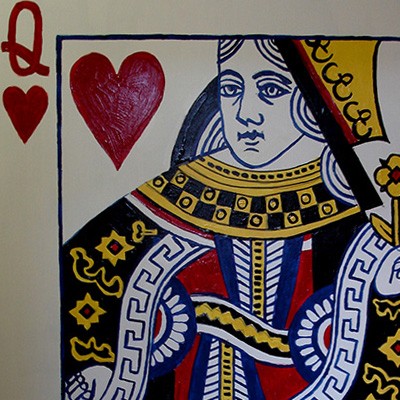



 Art
Art

